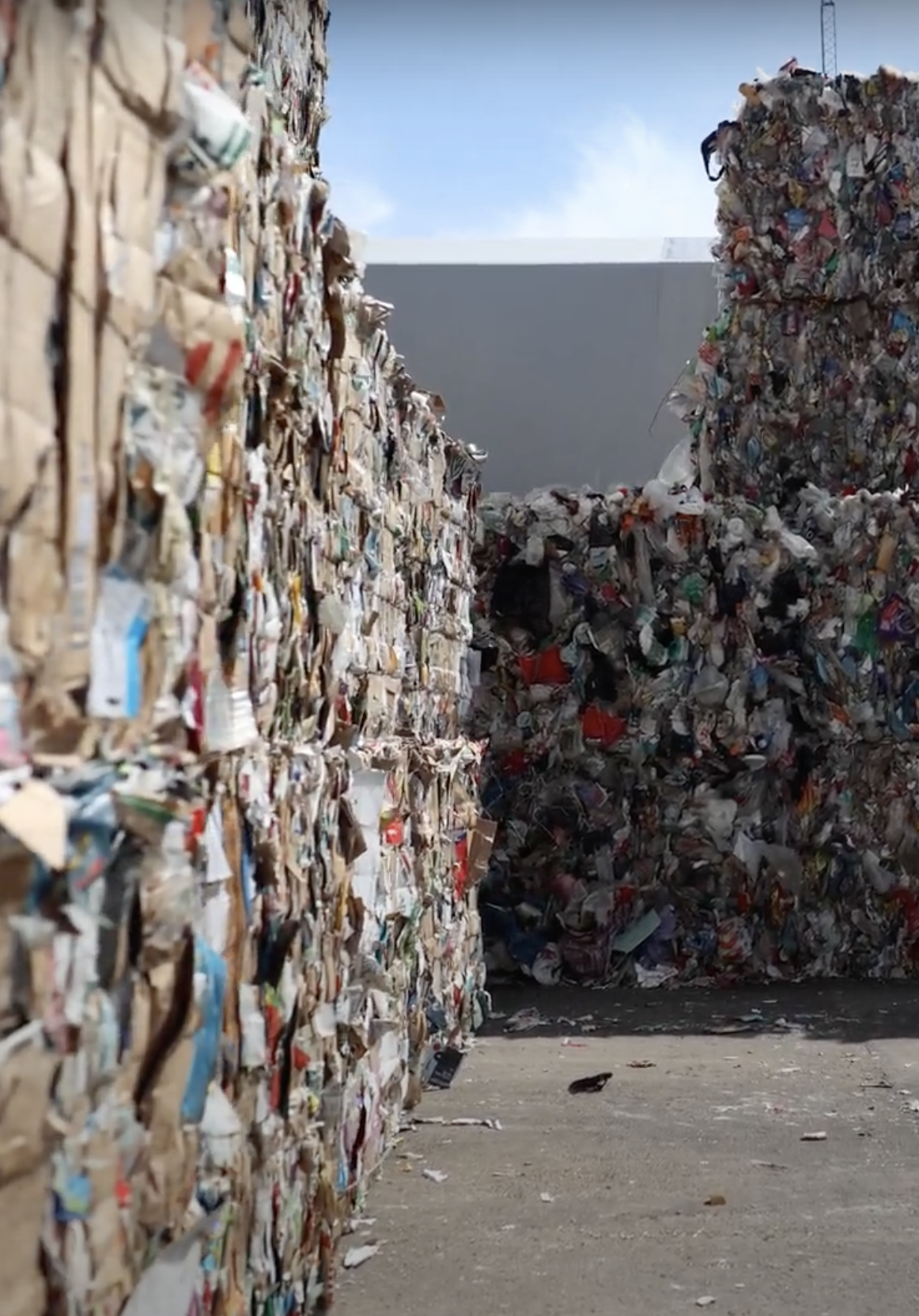Why Local Recycling Companies Matter for Community Growth
Why Local Recycling Companies Matter for Community Growth
Blog Article
Recycling plays a crucial position in environmental sustainability, and understanding the method behind it could reveal how fresh products receive a brand new life. Recycling Company (Återvinning Företag) follow a organized workflow to ensure spend products are effectively transformed into used products. This technique not just decreases the stress on organic sources but additionally decreases environmental pollution. Here's a detailed look at how the recycling process unfolds—from selection to repurposing.
Step 1: Collection and Sorting
The first step in recycling may be the number of recyclable waste. Residential, industrial, and professional places lead to the stream of materials. Waste is typically obtained through curbside programs, drop-off centers, or volume selection systems. Once collected, the resources are transferred to a recycling ability for sorting.

At the center, advanced working methods are used to split up materials like paper, plastics, metals, and glass. Handbook job is usually coupled with sophisticated engineering, such as infra-red scanners and magnets, to improve sorting accuracy. A well-executed working process assures appropriate categorization, which is a important step in sustaining product purity.
Step 2: Cleaning and Preparation
Once fixed, components have to be cleaned to get rid of contaminants like food deposit, dust, or labels. For instance, plastics are washed thoroughly before being shredded in to smaller pieces, while metals are removed of impurities. Washing guarantees the recycled material maintains its integrity and can successfully function as fresh product in manufacturing.
Particular kinds of resources also undergo preliminary processing to create them suitable for recycling. As an example, paper products are pulped and de-inked to organize them for sell as fresh paper products.
Step 3: Processing and Transformation
After cleaning, components are processed and organized for repurposing. Pockets might be dissolved down and reshaped in to pellets, metals are smelted into bars or blankets, and glass is smashed in to cullets for recycle in new glass products. At this period, resources are developed into a standardized kind that acts as a foundation for manufacturing new items.

Step 4: Repurposing into New Products
Ultimately, the processed components can be purchased to suppliers who change them into new products. Recycled materials may become outside furniture or clothing, while materials could be constructed into structure resources or new appliances. Using recycled products guarantees a closed-loop program, lowering the requirement for virgin resources.
The recycling process is important in strengthening round economies and marketing sustainability. By subsequent these elaborate measures, recycling companies breathe new living in to materials that could usually subscribe to landfills. Knowledge this workflow can motivate people and organizations likewise to prioritize recycling and produce conscious possibilities regarding waste. Report this page